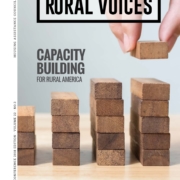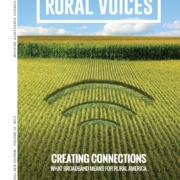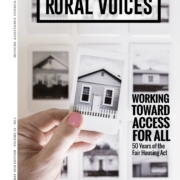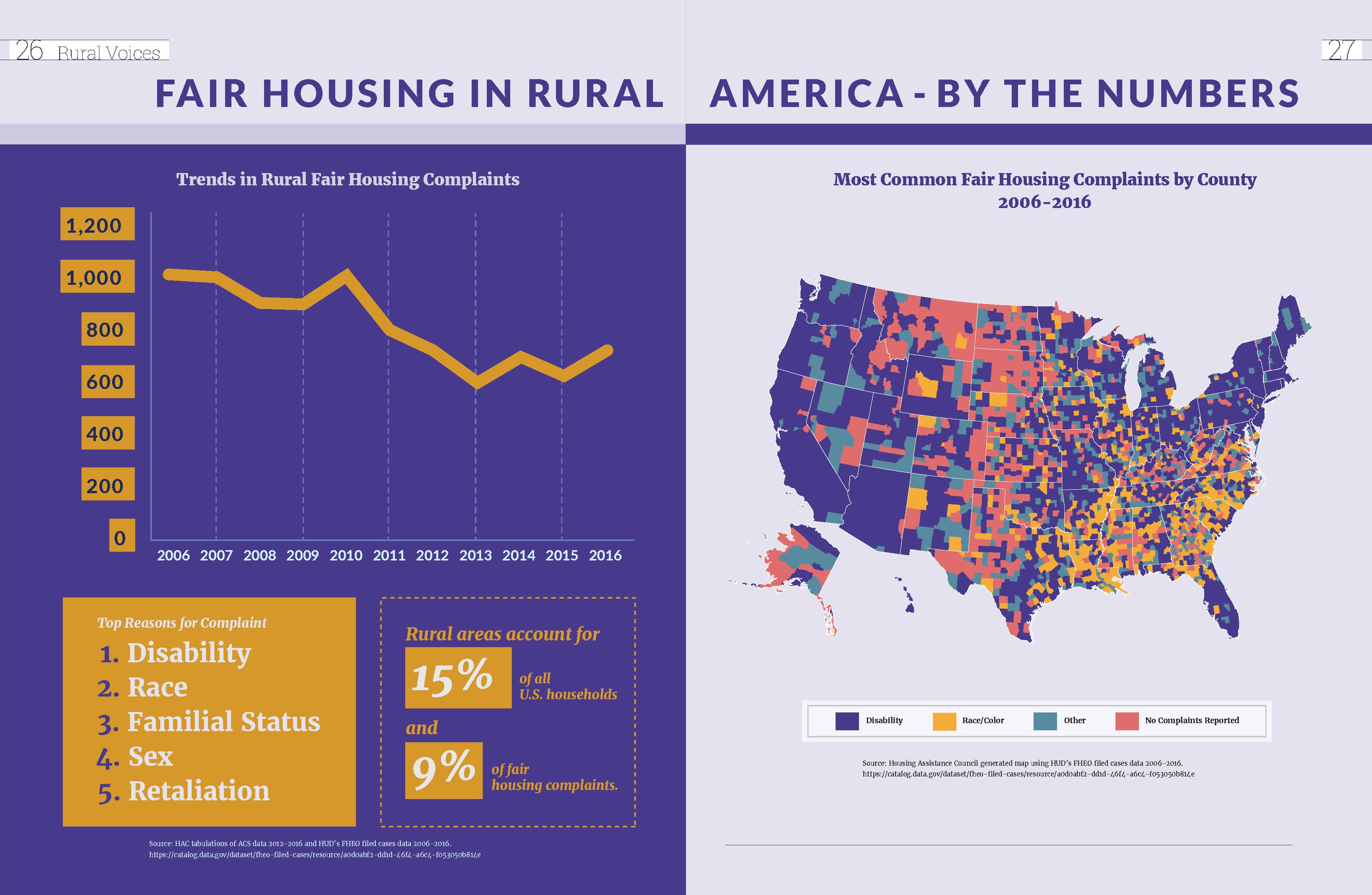Rural Voices: Demystifying Rural Data: Do You Know Your Market?
It’s been said that oil was the most valuable resource of the 20th Century, but in the 21st Century data is now arguably the most important resource. Quality data and research are increasingly essential to any business, including mission-oriented organizations. Data and information have proliferated due to AI and other resources, but quality data are still often more difficult to access in rural communities.
Data resources are also ever-changing with advances in technology and methodologies almost daily. Rural America is changing too. There are 60.4 million people living in rural America today. Rural communities are more diverse than ever and HAC’s recent Taking Stock report revealed several important trends across rural areas over the past five decades. Understanding demographic, economic, and housing dynamics is essential for communities, local governments, organizations, advocates, and individuals looking to expand their capacities, utilize available resources, and share information with the people they serve.
The ‘Rural Voices’ in this issue include experts, practitioners, policymakers, and community-based organizations across the nation seeking to expand access to quality data and information for rural America. They share tools, processes, and how to manage a rapidly changing information landscape. HAC hopes this issue of Rural Voices can illuminate how access to data, resources, and innovations can better enable solid decisions, strategies, and solutions for rural communities across the nation.
Contents
VIEW FROM WASHINGTON
Everybody Counts
by Robert Santos
The Census Bureau Director shares his insights on the importance of Census data and resources that can assist local communities.
FEATURES
For Good (and Bad), Artificial Intelligence (AI) Is Now a Reality in Housing
by Kristen Klurfield and Emma Waters
5 Ways AI Can Help Boost Housing Supply and Affordability.
Empowering Rural Communities
by Nicole Opfer
The Housing Assistance Council’s Approach to Data Driven Decision Making.
Revitalizing Communities Through Strategic Housing Planning
by Maggie Leftwich & DeWayne Ennis
Two Rural Communities Use Data and Analysis to Inform Housing Strategies and Solutions.
Illuminating Rural and Tribal Lending Landscapes
by Jason Richardson
Insights from the Home Mortgage Disclosure Act Data.
Using Information on Disaster Risk, Insurance, and Community Planning
by Michael Craig
Each year, thousands of communities across the country experience natural disasters and unpredictable weather.

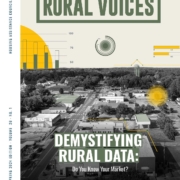
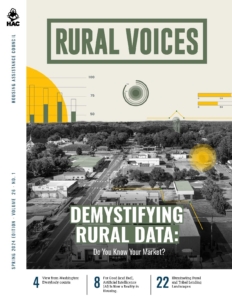
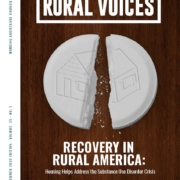
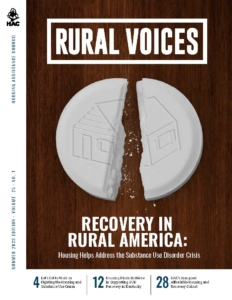
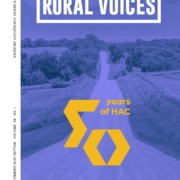
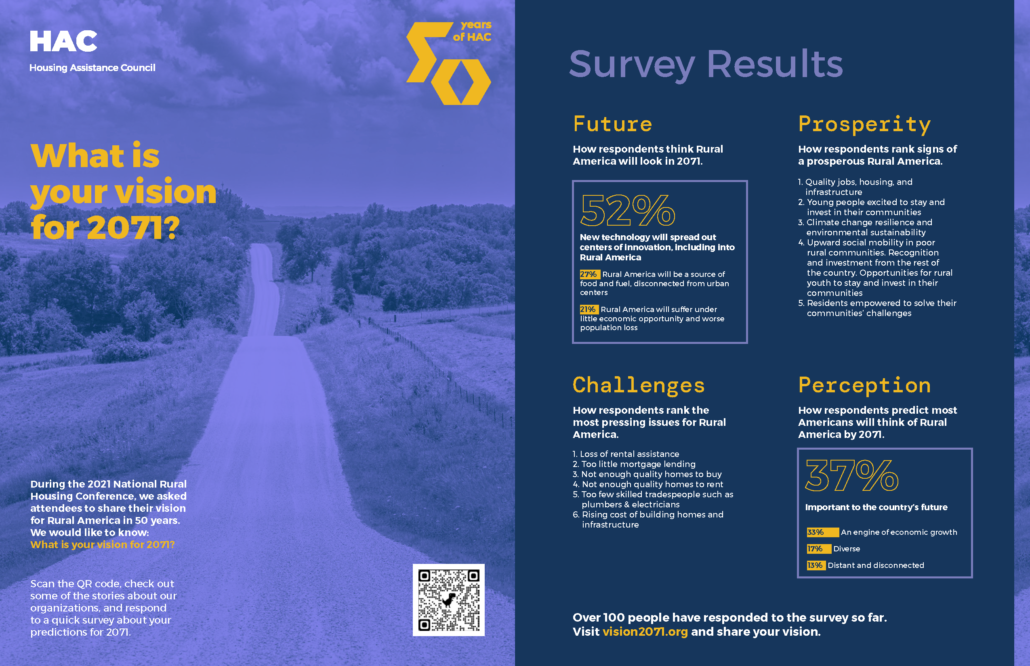
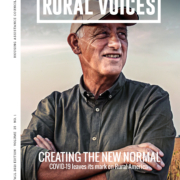
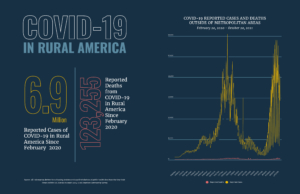
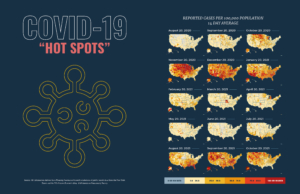
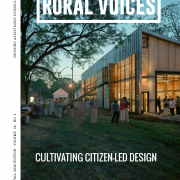
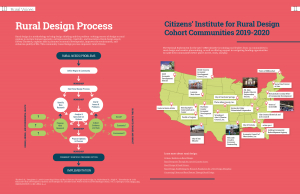
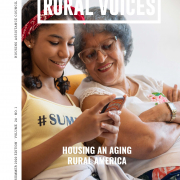

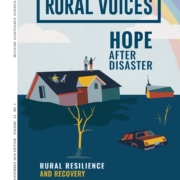 HAC
HAC
